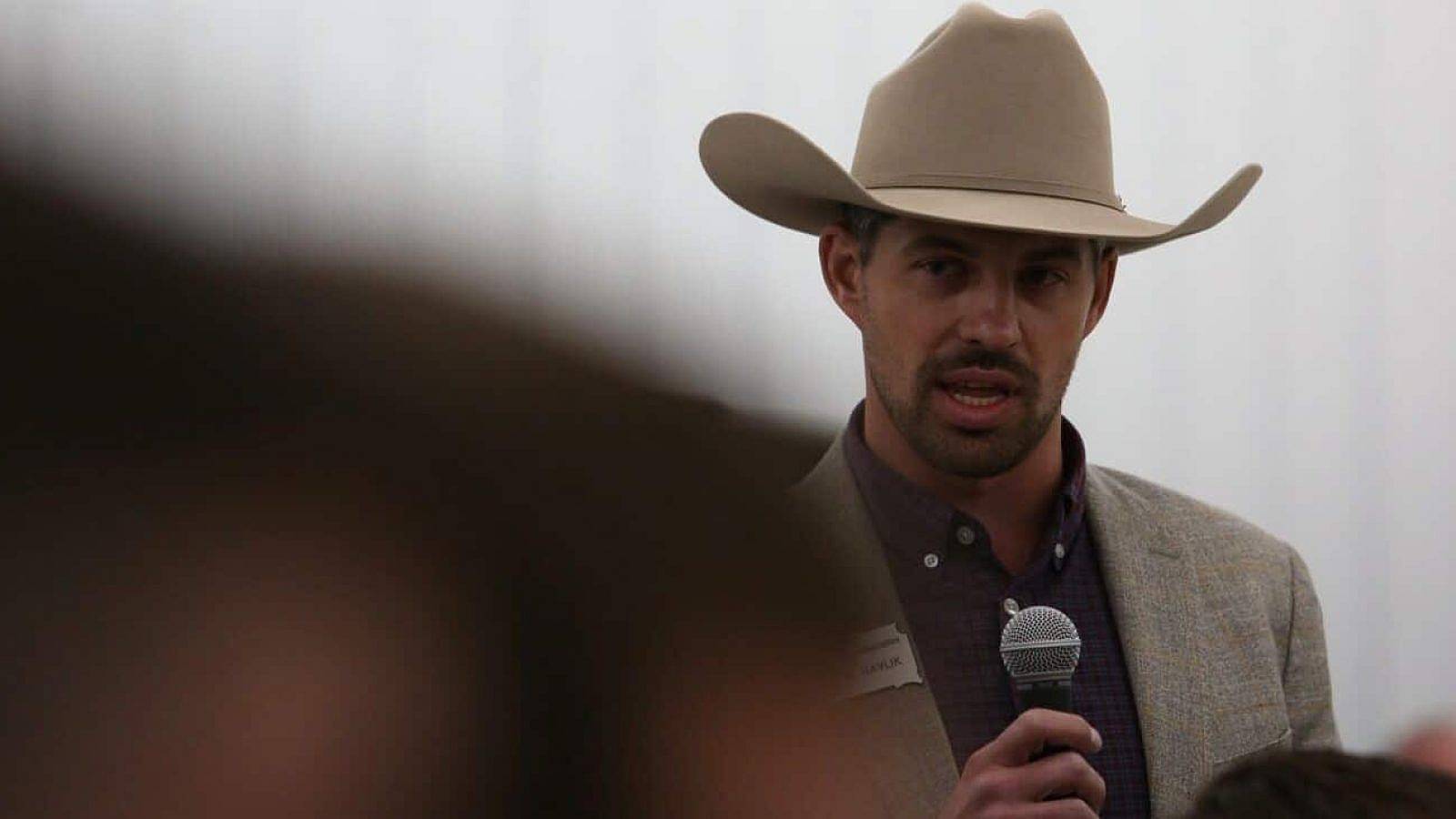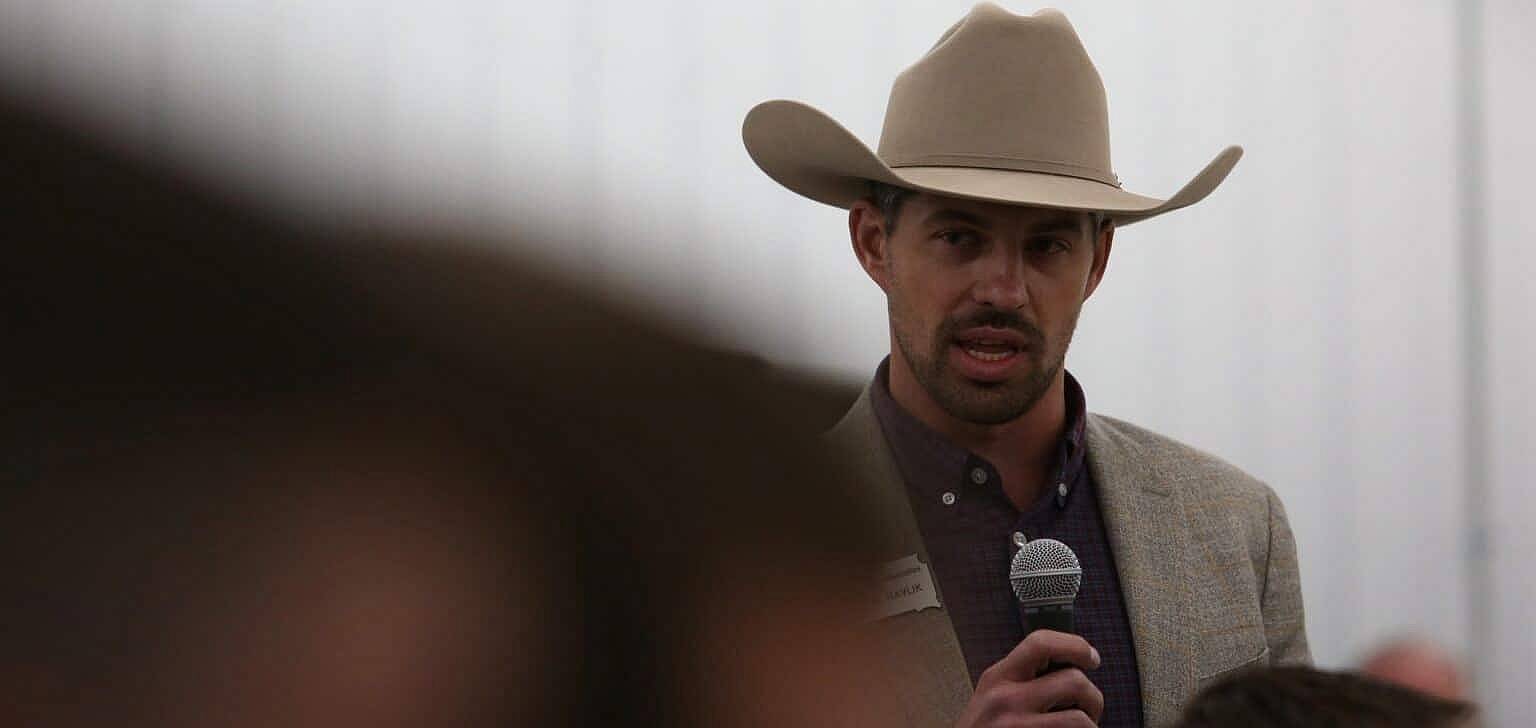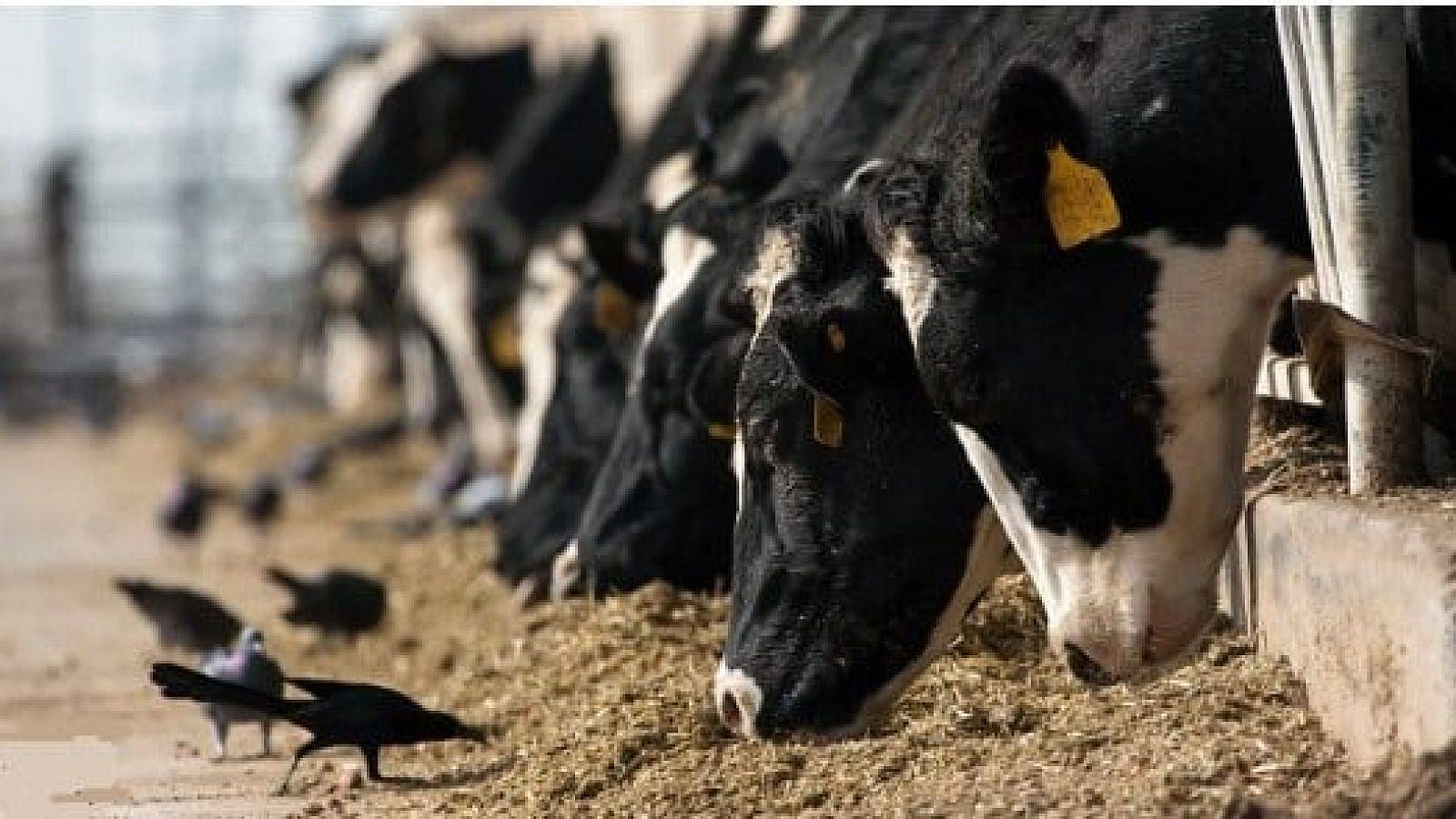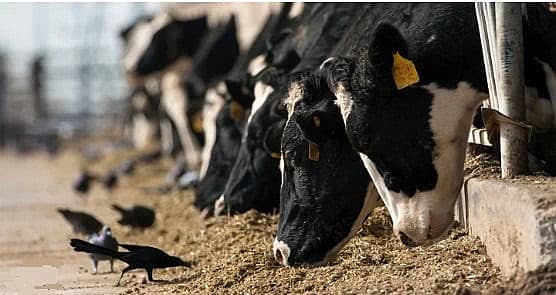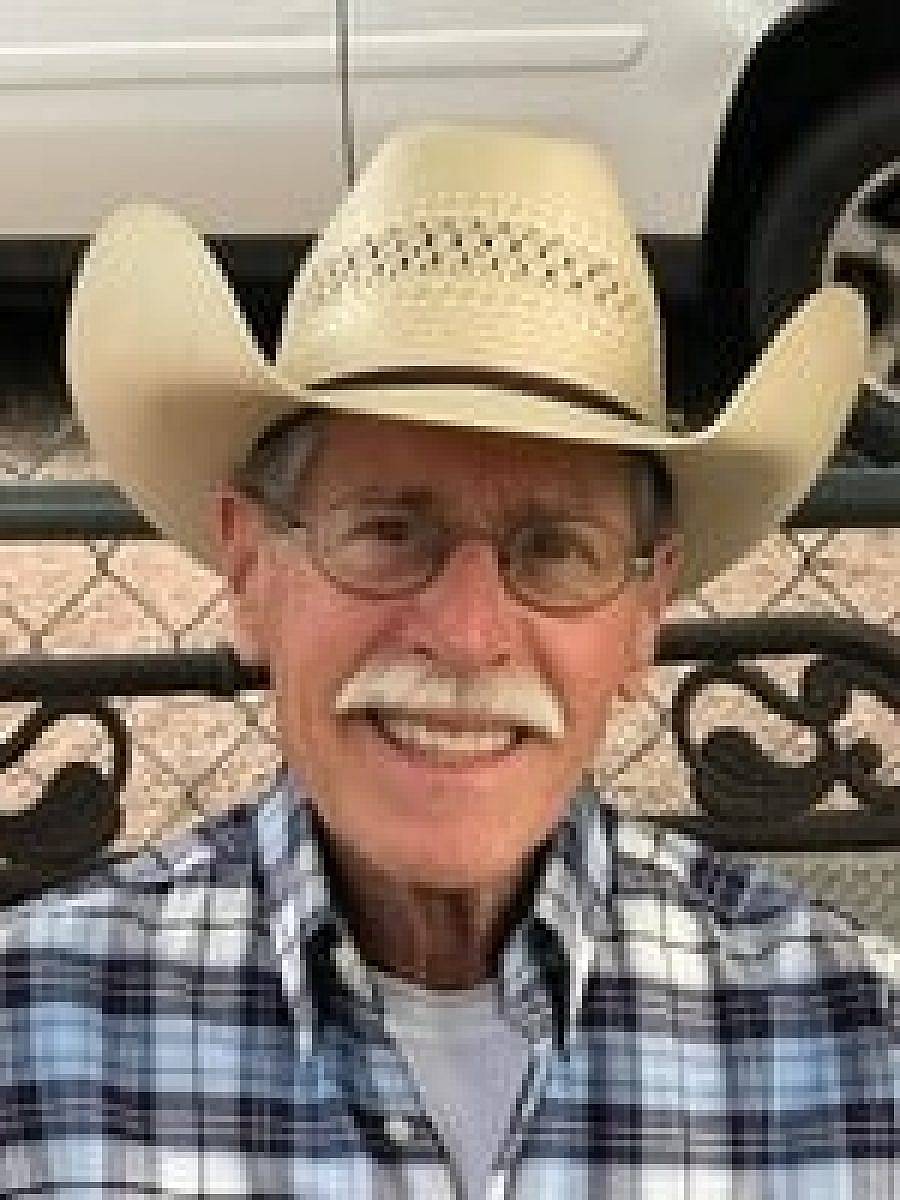HELENA, MT – Chronic Wasting Disease is a 100% fatal disease that infects members of the deer family, including elk, moose, mule, and white-tailed deer. CWD is not a virus, bacteria, or fungus. It is caused by infectious, misfolded proteins, called prions, that spread throughout the animal and result in organ damage and eventual death.
 These prions are found throughout bodily tissues and secretions and are shed into the environment before and after death. When other animals come in contact with the prions, either from infected animals or from contaminated environments, they can be infected.
These prions are found throughout bodily tissues and secretions and are shed into the environment before and after death. When other animals come in contact with the prions, either from infected animals or from contaminated environments, they can be infected.
CWD does not appear to naturally infect cattle or other domesticated animals. The disease is slow-acting, degenerative, and always fatal. The name comes from the appearance of symptomatic animals, which get very skinny and sick-looking before they die.
There is no vaccine or cure for CWD.
- Priority Surveillance Areas
This year Montana Fish, Wildlife, and Parks will continue CWD surveillance in specific areas known as Priority Surveillance Areas in northwestern, northcentral, southwestern, and southcentral Montana. Hunters who harvest a deer, elk, or moose in these areas are asked to voluntarily submit their animal for sampling to help gather additional data for that area. This information will be used to help inform the best management strategies for the affected hunting districts.
- Get your animal sampled
Hunters in Montana can have their deer, elk, or moose tested for chronic wasting disease with the help of FWP. FWP is paying for the testing of samples. CWD sampling is voluntary. Hunters can either take the samples themselves, fill out the online hunter submission form and mail them to our Wildlife Health Lab in Bozeman, or they can bring the animal (or head) to an FWP regional office or CWD Sampling Station.
- Carcass disposal requirements
A carcass may be moved within the state regardless of where it was harvested as long as the carcass parts are disposed of in a landfill after butchering and processing. Carcass parts, such as brain, eyes, spleen, lymph glands, and spinal cord material, should be bagged and disposed of in a landfill or may be left at the kill site. This new requirement applies to all deer, elk, and moose carcasses wherever in the state they are harvested by hunters or as vehicle-killed salvage.
- What you can do to help with CWD
Hunting is the primary tool for monitoring and managing the spread of CWD. Concerns over CWD shouldn’t stop you from enjoying hunting season. Hunters are critical to conservation efforts across the state and protecting our wildlife heritage. Landowners can help protect our herds by working with FWP to avoid unnatural congregations of wildlife, particularly deer and elk. These circumstances present an opportunity for CWD to spread. For information on providing opportunities and access for hunters, visit https://fwp.mt.gov/conservation/landowner-programs.
- Can humans be affected by CWD?
There is no known transmission of CWD to humans. However, The Centers for Disease Control and Prevention (CDC) recommends that hunters harvesting a deer, elk, or moose from an area where CWD is known to be present have their animal tested for CWD prior to consuming the meat, and to not consume the meat if the animal tests positive.
For more information in South Dakota, click here.


